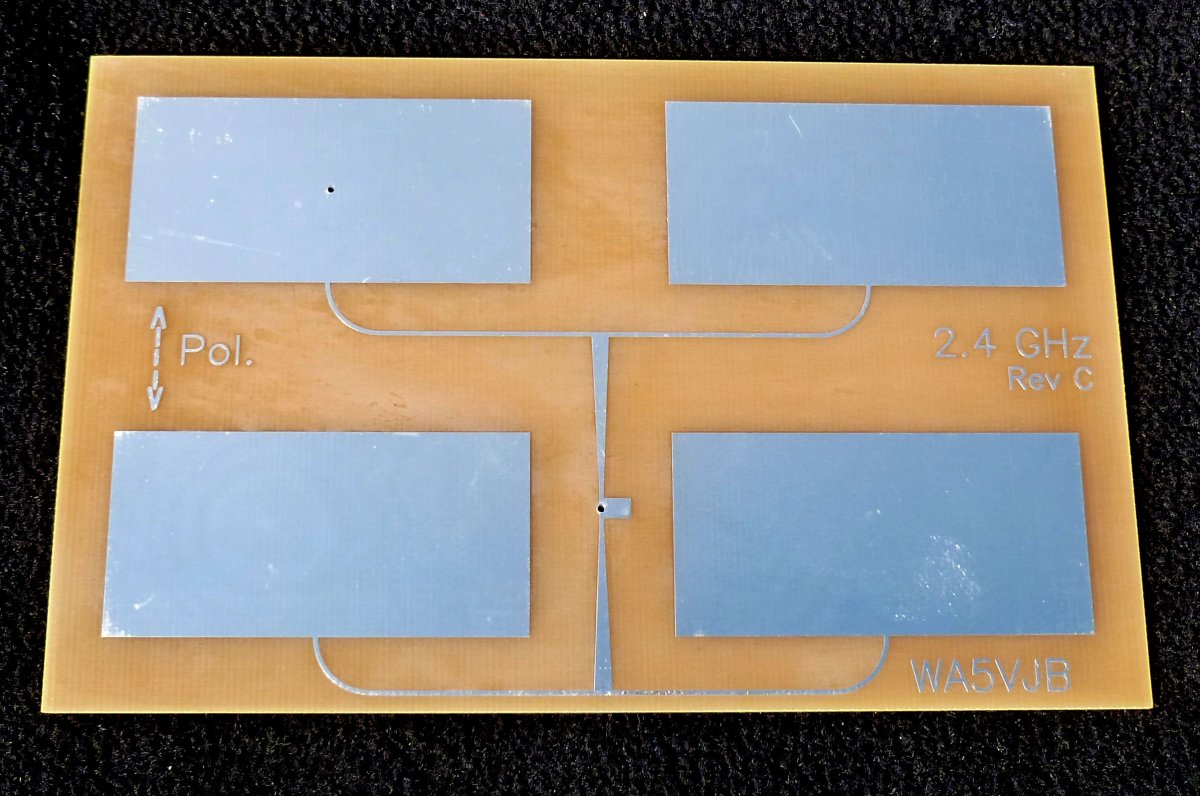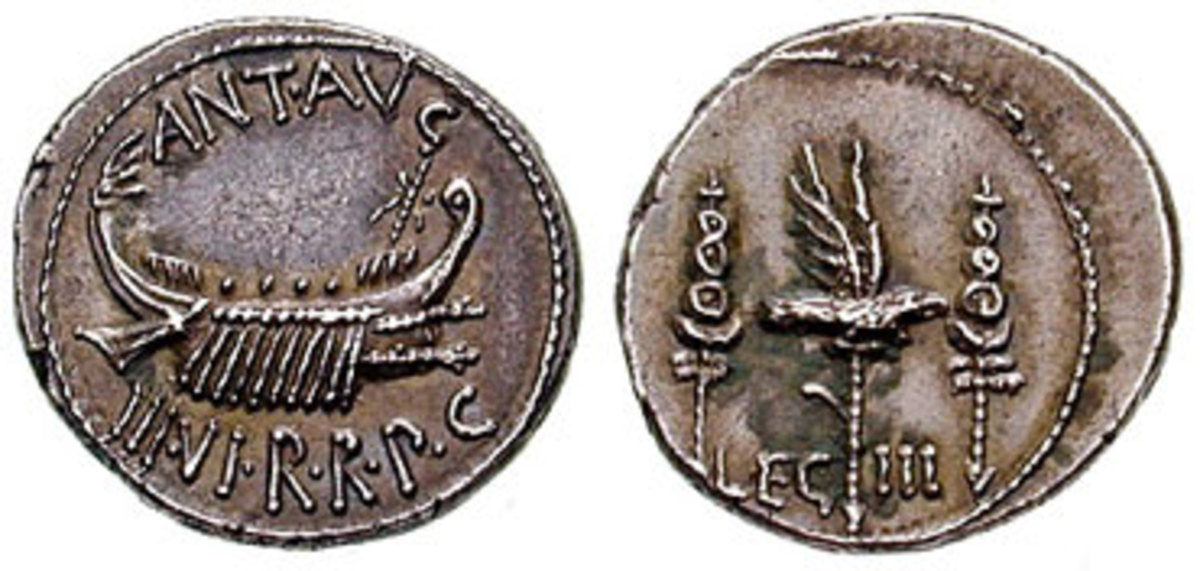What Is ANSI Z535?
What Is ANSI Z535?
Did you see that electrical shock warning sign as you crossed the shop floor? Why does tape marking the safe path through a pipe space always look the same? This is because the same standards, the ANSI Z535 standards, apply to a wide array of safety signs.
ANSI standard Z535 is shared with NEMA, the National Electrical Manufacturers Association, making it nearly universal when it comes to the design of safety warnings. ANSI’s Z535 standard is not mandatory but is commonly followed by safety sign manufacturers.

An Overview of the ANSI Z535 Standards
ANSI Z535.1 is called the safety color code. ANSI standard Z535.2 applies to environmental and facility safety signs. ANSI standard Z535.3 addresses the criteria for safety symbols. ANSI Z535.4 covers product safety signs and labels. ANSI Z535.5 covers safety tags and barricade tapes used to identify temporary hazards but not permanent ones. ANSI standard Z535.6 has covers safety information on collateral materials not covered by the other Z535 standards, such as product safety manuals. ANSI Z535.6 was added to the Z535 standard in 2006.
Danger signs use safety colors and symbols to catch a reader’s attention but the danger must also be spelled out clearly in text such as electrical shock hazards or enclosed spaces where suffocation could occur without protective equipment. Telling you that something could kill you is not sufficient; the sign must also indicate how to avoid the hazard or mitigate it.
ANSI Safety Color Code
Dangerous conditions are identified by the color red. Red represents hazards that will likely kill if encountered by those without proper protection. Safety red is also used on the emergency stop button for gas stations and shut down bars on manufacturing equipment.
Warnings are orange such as a power line where the voltage level could cause death upon contact but is more likely to cause serious injury. Manufacturing presses could be painted orange where a person’s hand could be crushed.
Cautions are yellow, such as reminders to power down equipment not in use and the yellow flags that indicate where natural gas lines are buried. Yellow strips are used to indicate the edges of steps to reduce the risk of trips and falls. Yellow signs are used to mark temporary hazards like spills.
Notices are blue such as markings for water lines or “employees only past this point”. Blue signifies something that is informational and not dangerous.
General safety signs are green like reminders to wear protective gloves, hard hats or earmuffs. Green signs also note where first aid kids and safety showers are located. Yellow and black together indicate hazards such as flammable chemical storage and the edges of safe walkways through an industrial area.
Related Standards
ANSI standard Z35.1 covers accident prevention sings. ANSI Z35.2 addresses accident prevention tags. ANSI Z35.5 applies to biological hazard signs. ANSI standard D56 and D93 cover signs referencing the flash point on flammable liquids like ethyl alcohol.
ISO standard 20712 has a list of fifty symbols to be used in water safety information such as places where life vests are mandatory or sharks are a hazard.
OSHA standard 1910.142 gives the American government’s requirements for accident prevention signs. NEMA 260 gives the standard for electrical shock warning signs. ANSI Z129.1 covers the marking and formatting of material safety data sheets for hazardous workplace chemicals.
Common Safety Sign Formats
An image contained in a red circle with a diagonal bar across it indicates something that is prohibited. Blue circles with a white symbol represent something that is mandatory.
A yellow triangle with a black symbol and black border represents a hazard warning. Black text on a white background includes information such as when parking is allowed or when beaches are open. ANSI Z535 standards call for sans serif font on most signs.








